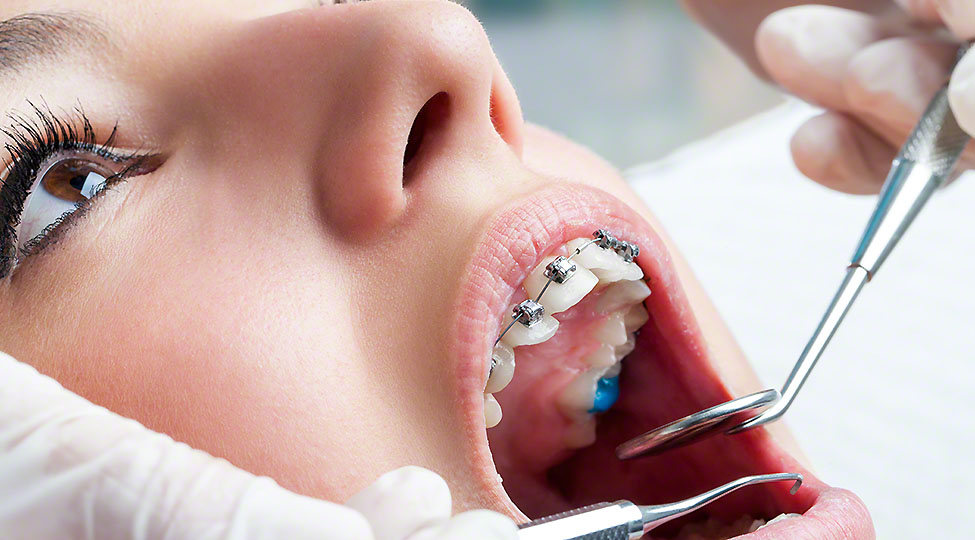A broken finger can be caused by a lot of things. The bone in your finger is thin and has a lot of weak points, due to which it is more prone to breaking. You should not ignore pain in the finger and visit an orthopedic surgeon. Here is everything you need to know about a broken finger and how to treat it.
Broken Finger
It is a known fact that your fingers are one of the most used parts of your body. If you think about it, you do almost everything with your hands and fingers. You hold onto things, you test strength, you fasten your grip and you do it all with your fingers. So, there is a huge possibility that you might injure them as well. Finger fractures or broken fingers can occur very often. In order to understand finger fractures, you need to be well informed about the anatomy of the hand and how many bones are there in your hand, and injury to which bone can cause the most severe fractures.
Your hand, alone, consists of almost 27 bones, out of which, most bones, about 14, are present in your fingers. The finger bones are usually known as phalanges. The phalanges are thin bones that have a lot of joints in between. This causes the rotation of the hand, making a fist and curling your fingers. These joints are also very important in providing strength to your hand when you’re trying to grip things. Firstly, the joint which connects the entire finger to the wrist is called the carpometacarpal joint or the CMC joint. Next, is the metacarpophalangeal joint, which connects the fingers to the palm of your hand. Lastly, there are the finger joints, called the interphalangeal joints, whose main purpose is to allow curling and bending of the fingers.
At any point, if there is a fracture in any of the above-mentioned bones, or there is a crack or dislocation of the joint, especially in the phalanges, then it is termed as a finger fracture, or you can commonly point it out as a broken finger.
Causes Of A Broken Finger
Here are some possible causes of finger fractures/broken fingers.
Impact
A lot of the time, broken fingers or fractures in the phalanges are caused by a forceful impact on the bone. finger bones are weak and a high impact or force can result in fractures or dislocation of the finger, altogether.
Accidents
Accidents are also the cause of broken fingers, especially if your hand is pressed under something and you can’t get it out. An accident can also crush your finger bones and that can take an impossibly long time to heal.
Compression
Speaking of pressing, sometimes compression of the finger bones can also lead to small fractures and it can cause immense pain.
Bone Disorders
You might have previous bone problems or disorders which could cause extreme weakening of the finger bones and it can ultimately cause fractures. People who suffer from issues like arthritis or osteoporosis can be more prone to fractures in weaker bones.
Sport Injury
If you are someone who plays ball sports a lot, then finger fractures will be the norm. Catching balls at high speed with your hands can damage the bones and it can ultimately lead to a broken finger or thumb that should be treated by a sports medicine doctor Woodbridge.
Twisting The Finger
Twisting and turning off the finger too much, to the point where the bone is unable to endure more stress, can lead to broken finger bones and it can also lead to physical dislocation in the fingers.
Wrestling And Boxing
A lot of people who are fond of wrestling or boxing can have fractures on their fingers. The impact of boxing is too much for the fingers and this can cause fractures all over the fingers, as well as the palm and wrist. This is why boxers wear cushioned gloves to help protect their fingers from sudden impacts.
Symptoms Of A Broken Finger
Here are some symptoms of a broken finger:
- Broken fingers can be easily identified by looking at your hand. If there is physical deformation or dislocation of the finger and it’s kind of crooked, then your finger is probably fractured.
- The next very common symptom is pain in the finger. As soon as your hand, most importantly fingers, is injured, you will feel pain right away. You will have a hard time squeezing your fingers and your grip might not be great either because it hurts a lot to form a fist with your hand.
- There might be redness or swelling around the affected area. This is because of the dislocation of the bones and it can poke into nearby muscles or flesh and this can cause tenderness or swelling in the area. It will feel painful if you touch it.
- Your grip will give away a broken finger easily. If all of your fingers are in perfect condition, then it shouldn’t hurt to form a tight fist. With injured and fractured fingers, however, it might be hard to hold your grip, or even make a fist, because it will be borderline painful for you to even move your fingers.
- You can’t seem to curl your fingers, like normal. It will hurt to do so and you might experience difficulty in doing it and it will also take a lot of time to simply bend or curl your finger.
Treatments For A Broken Finger
Here are some treatment options for a broken or fractured finger.
Before going forward with any treatment procedure, it is important to properly diagnose the injury in your finger. That is done with an X-ray. An X-ray will do a great job of finding exactly where the fracture is, what the extent of the injury is, and how it can be treated, given its location and severity.
Finger Sling
If the fracture is not as severe, then a finger sling is enough to treat the fracture. There are braces available which can be put on your fingers.
Buddy-Tapping
If only one finger is fractured or broken, then it can be attached to the other finger, so that it can straighten and heal over time. This is known as buddy-taping the fingers together. First, your finger will be straightened manually and then it will be put in a sling or brace and attached with the other finger.
Surgical Procedure
Sometimes, surgery might be needed to relocate the broken finger back in place. This can be done by numbing your finger or hand and then surgical methods are used to put the finger back in its place.
If the finger bone can get completely shattered, this calls for minor surgery, in which the broken pieces of the bones are removed, while the space is held with pins and plates. This surgical procedure may lead to permanent stiffness in the finger, but it’s for the better.
Conclusion
There you have it! A broken finger can hurt a lot, despite the fact that it’s not as much of a big deal. Now you know the causes, symptoms, and treatment options that will work on a broken finger as well as the thumb. For proper treatment, go to a hand injury specialist Woodbridge.



